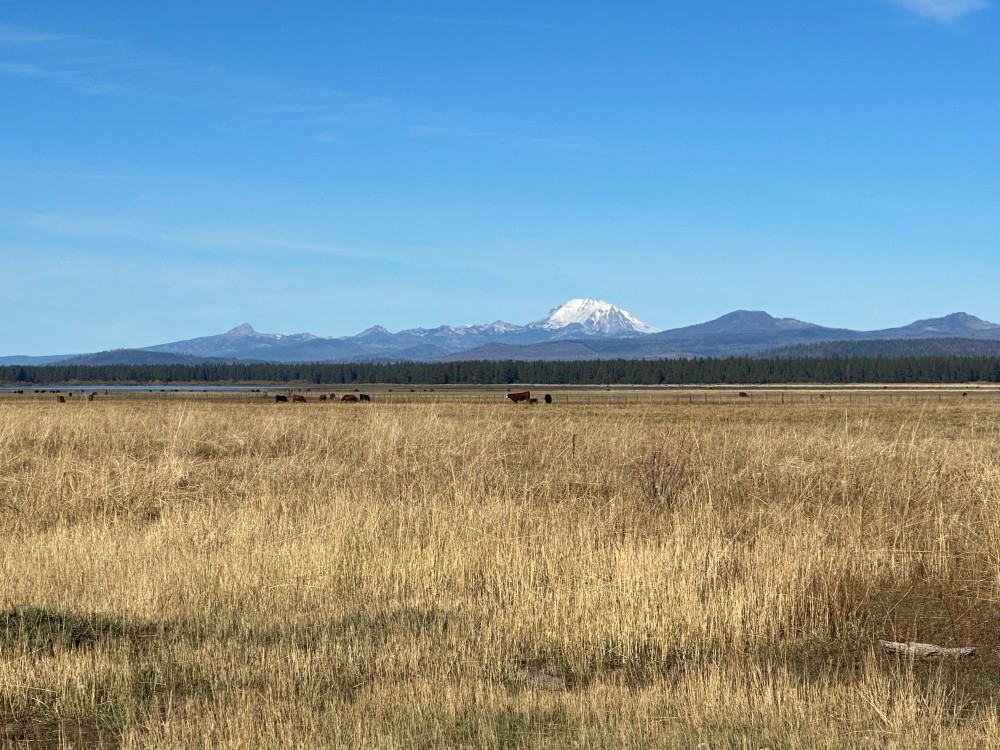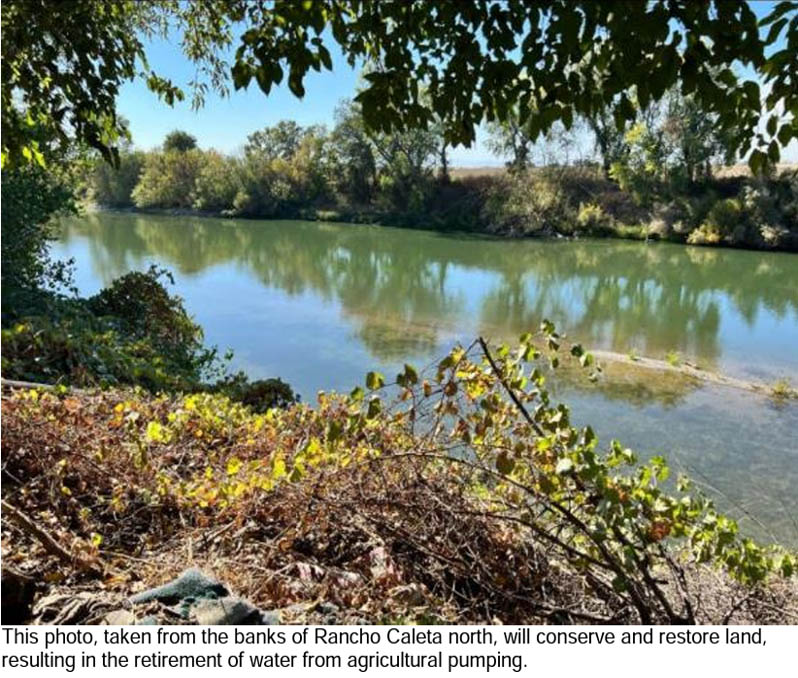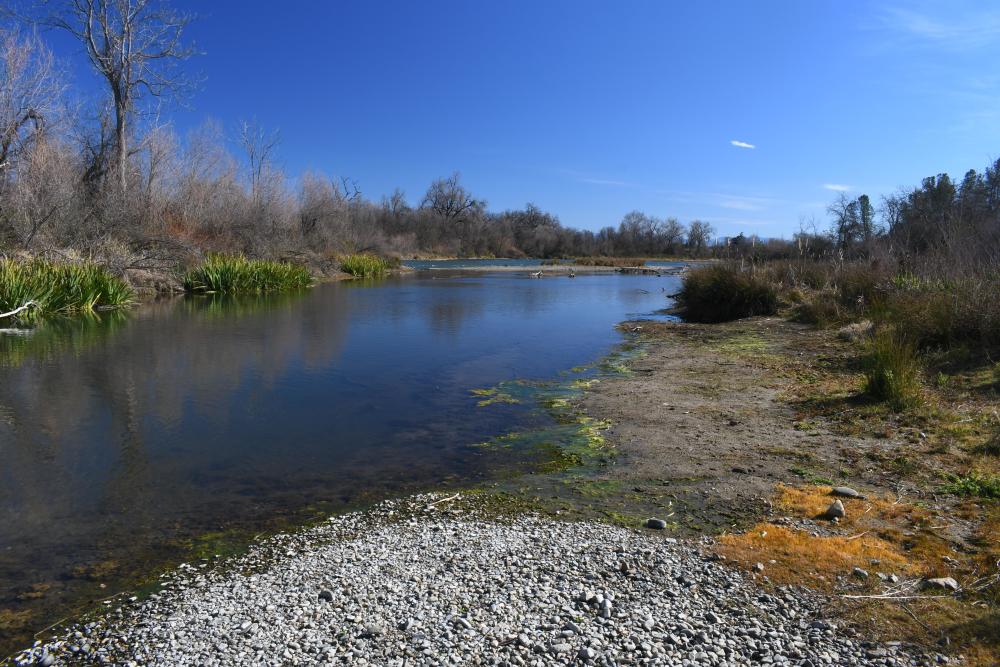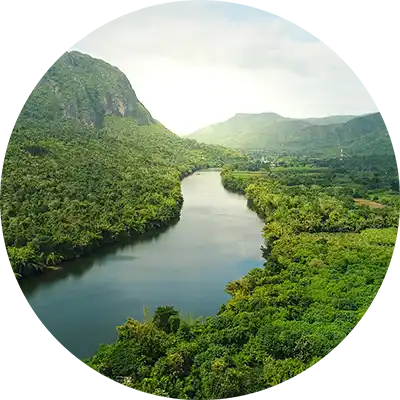12/14/2023
Diving Into Action: Supporting New Water Restoration Projects in California
Water is a valued resource essential for making and using our products that 5 billion people around the world rely on. In 2022, we announced our strategy to help build a water positive future where water can sustain people and nature, now and for generations to come, including reducing water in our operations to help conserve local water supplies, restoring water in water-stressed areas, and responding to water challenges through innovation and partnerships.
We’re leveraging the power of partnership to help be part of the solution in water-stressed areas. We work with the Bonneville Environmental Foundation to identify projects in the U.S., and we are already advancing projects that are helping restore water resources in critical areas of California, Arizona, Utah and Idaho. These long-term projects are the first steps toward restoring water in 18 water-stressed areas across seven countries where we operate.
P&G is also helping launch four additional water projects in California that will help improve, manage or protect freshwater resources in partnership with BEF and on-the-ground partners, like Plumas Corporation, River Partners and Chico State Enterprises. The collaborations will help advance progress toward our goal of restoring more water than is consumed during the use of our products in the metropolitan area of Los Angeles, U.S.
Selected for their ability to make a positive impact on water for people and nature, these projects will help water flow in several side channels of the Sacramento River, return 56 acres of retired farmland to native river habitat, and help restore the function of the meadow surrounding Mountain Meadows Creek.
The Four New Projects We Are Supporting Are:

Jeanie Hinds, Plumas Corporation
Mountain Meadows Creek Restoration Project in Lassen County, California
Located in the Sacramento River Basin, this is a crucial ecosystem supporting migrating birds along the Pacific Flyway and the Lassen Pack of gray wolves. Human activity has degraded the creek over the years, causing deep, eroding channels that disrupt natural water flow and decrease wetland-dependent wildlife habitat. To address these issues, in partnership with Plumas Corporation, this project aims to help restore the meadow and the creek's natural water flow and plant native vegetation. It also seeks to improve forest health, reducing the risk of wildfires and helping regulate upstream water storage through its natural floodplain inundation.

Rancho Caleta Restoration Project in Colusa, California
River Partners is set to rejuvenate 56 acres of retired farmland along the Sacramento River, converting it into a habitat with native grasses, shrubs and trees to benefit endangered fish, birds and wildlife. They're also including a floodplain modification, introducing a swale — or hollow area of land — to be regularly covered with Sacramento River water to support migratory salmon.

Shea Island

Kapusta Island
Shea Island Restoration Project AND Kapusta Island Restoration Project in Redding, California
Chico State Enterprises, in collaboration with the Sacramento River Forum, has undertaken a series of side channel habitat restoration projects in the upper Sacramento River Basin. The Shea Island Restoration project aims to diversify habitat types to benefit at-risk salmon by removing areas where salmon are stranded and opening a historic channel for broader habitat access. The Kapusta Island project will create two acres of baby salmon habitat. These combined initiatives are set to increase available habitat for critically endangered juvenile Chinook salmon and other important species, while allowing more consistent water flow in the side channels throughout the year.
Visit Mapping Our Impact to learn more.




